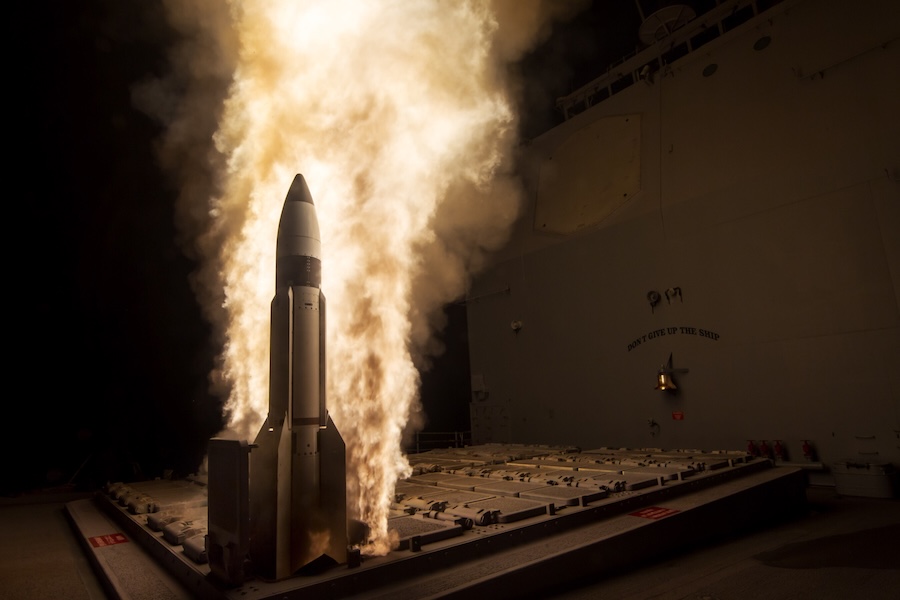Speaking to reporters on Wednesday, Chief Pentagon spokesperson Sean Parnell stated that the programme had been degraded by “one to two years” as a result of the strikes. “I think we’re thinking probably closer to two years, like degraded their program by two years,” Parnell said during the briefing.
Parnell also highlighted the extent of the damage caused by the strikes on the Iranian facilities. “We believe, and certainly, all of the intelligence that we’ve seen have led us to believe that Iran’s — those facilities especially, have been completely obliterated,” he added.
The targeted sites are known to play a central role in Iran’s nuclear infrastructure, and the assessment suggests a significant setback to the country’s atomic ambitions. The Pentagon’s conclusion is based on current intelligence gathered in the aftermath of the airstrikes.




























